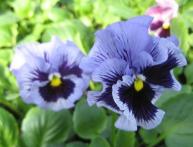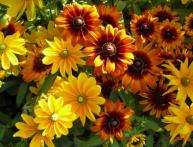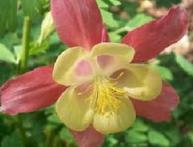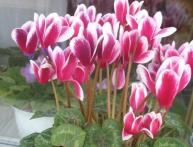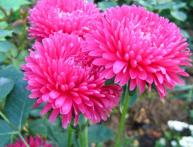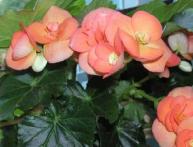Planting and growing cornflower
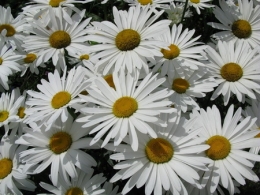
Looking at the photo of this plant, you might think that these are large daisies. And, indeed, the familiar garden chamomile is called nivberry. Chamomile is quite simple in appearance, but this is the secret of its attractiveness to gardeners.
Cornflower is a perennial plant belonging to the Asteraceae family. Garden daisies grow from 30 to 100 cm in height, and their flower baskets can reach 10 cm in diameter. Agree that even if chamomile is a simple thing among flowers, flowers of this size cannot help but be a decoration of the garden. Moreover, the cornflower blooms 2 times per season: in June-July and in August-September.
Growing cornflower in the garden will not cause much trouble. But there are several conditions, the observance of which will allow you to cope with this matter more successfully.
- It is better to plant daisies in a sunny place. Plants can tolerate partial shade conditions, but their stems may lie down and bend.
- The soil for planting should be chosen with good drainage, soft, fertile. Very light sandy and excessively heavy clay soils are absolutely not suitable for this plant.
- In very hot weather with a lack of moisture, the decorative appearance of flowers is lost. And if there is excessive moisture, the nevus quickly ages and is easily affected by fungal diseases.
- Growing cornflower requires regular removal of faded inflorescences.
- After flowering, garden chamomile bushes are pruned.
- Before the arrival of winter, the cornflower should be protected from frost. For this, a layer of ordinary foliage at least 10-15 cm thick is suitable.
- In spring, the covering layer must be removed, otherwise the chamomile roots may get stuck.
- The best fertilizer for cornflower is manure. But you can use any other organic fertilizer.

